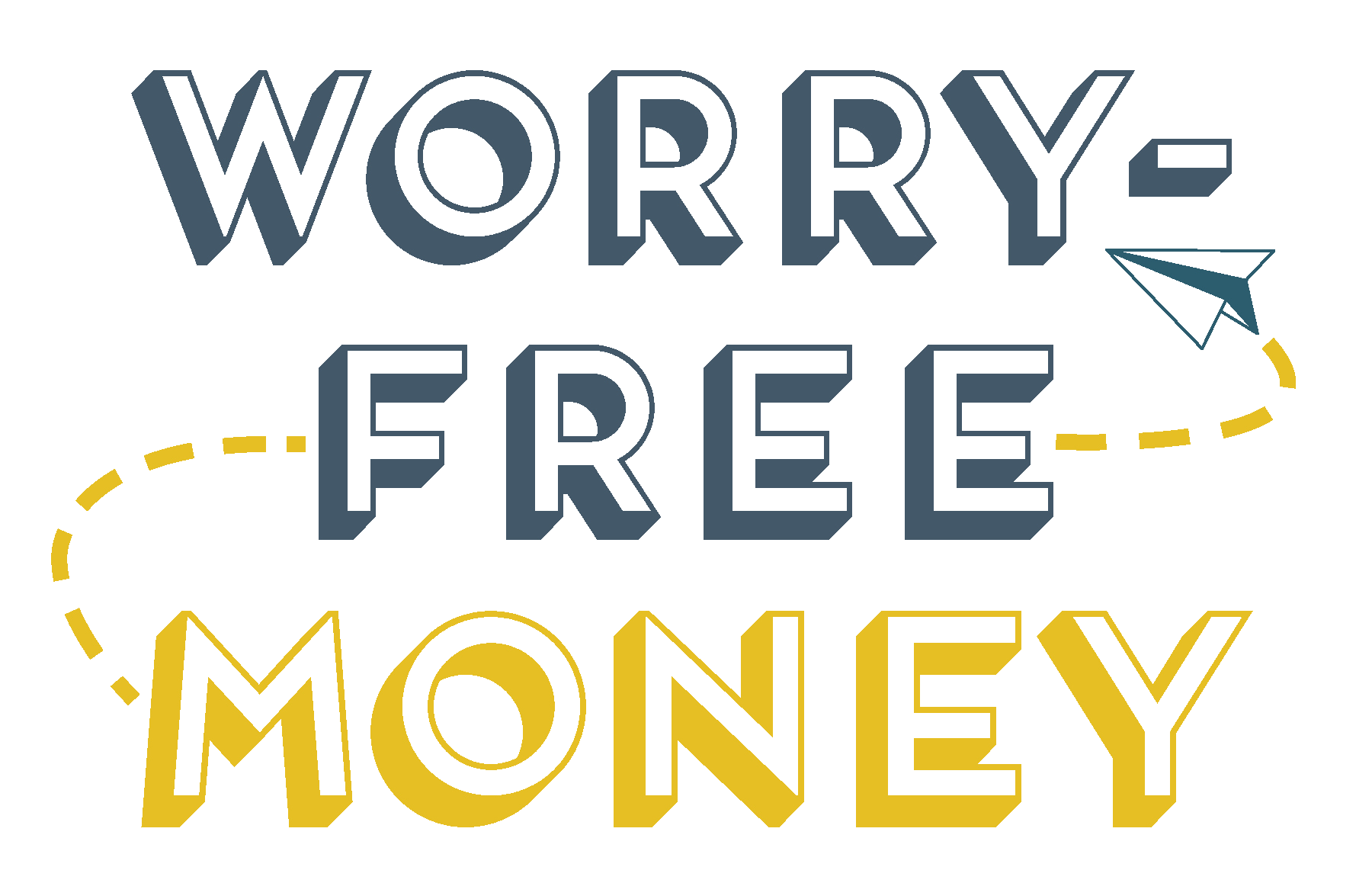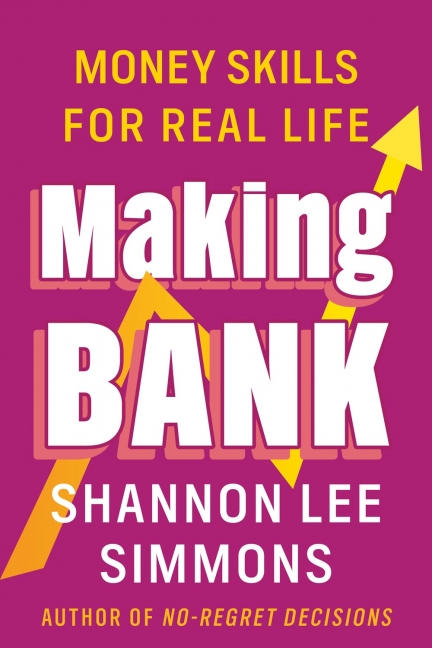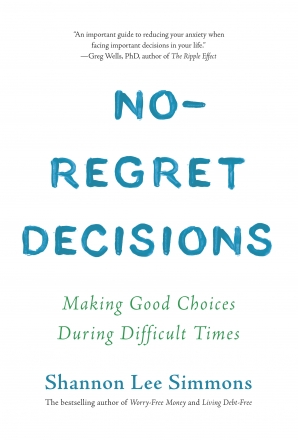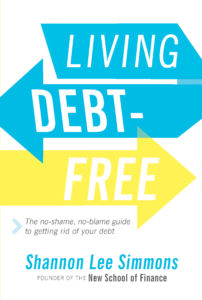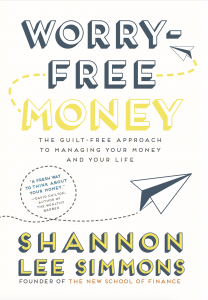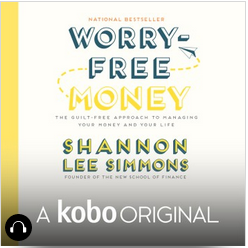Debt Definitions as defined by the Financial Consumer Agency of Canada
Pay Day Loans
A payday loan is a short-term loan with high fees that make it a very expensive way to borrow money. You can borrow up to $1,500.
You must pay the loan back from your next paycheque. If you can’t pay it back on time, you’ll face more fees and interest charges. This will increase your debt.
Payday loans are meant to cover a cash shortfall until your next pay. Avoid using them for ongoing costs such as rent, groceries or utility bills. If you use them in this way, you may end up in financial trouble.
Credit Cards
A credit card is a card that lends you a limited amount of money to pay for goods and services. You must pay the money back by a certain date.
The key differences between credit cards are:
- the interest rates
- the fees
- the rewards and benefits
Warning that you’re overspending
If one or more of the situations below apply to you, you may be living beyond your means:
- you carry a credit card balance from month to month
- you make only the minimum payment on your credit card bill
- you take out cash advances with your credit card
You may be overspending if your balance keeps growing or you’re using all of your available credit.
Basic Overdraft Protection
With basic overdraft protection, your financial institution lends you enough money to cover the transaction, up to an approved limit. Your bank account balance will show as a negative amount.
You pay interest on the overdrawn amount. You’ll also typically pay a flat monthly fee or a fee each time you go into overdraft, depending on which fee option you have chosen.
For example, say you have $200 in your bank account and you make a purchase that costs $250. This would overdraw your account by $50. Your account balance will be -$50. You will have to pay back the overdrawn amount of $50 along with your overdraft fee and any interest charges. Your financial institution will take the repayment out of your next deposit.
Unsecured Personal Lines of Credit
A line of credit is a type of loan that lets you borrow money up to a pre-set limit. You don’t have to use the funds for a specific purpose. You can use as little or as much of the funds as you like, up to a specified maximum.
You can pay back the money you owe at any time. You only have to pay interest on the money you borrow.
To use some lines of credit, you may have to pay fees. For example, you may have to pay a registration or an administration fee. Ask your financial institution about any fees associated with a line of credit.
Interest on a line of credit
Usually, the interest rate on a line of credit is variable. This means it may go up or down over time.
You pay interest on the money you borrow from the day you withdraw money until you pay the balance back in full.
Your credit score may affect the interest you’ll pay on a line of credit. It tells lenders how risky it is to lend you money. Usually, the higher your credit score, the lower the interest rate on your line of credit will be.
Unsecured Personal Loans (Like a consolidation loan)
An unsecured personal loan is a loan that doesn’t require collateral. If you don’t make your payments, the lender may sue you. They also have other options, such as the right of offset.
Many alternative lenders offer unsecured personal loans. These can be referred to as instalment loans or high-cost instalment loans. The interest rate on these loans is typically much higher than the unsecured personal loans offered by banks and credit unions.
Car Loan
If you finance the purchase of a car with a loan, you are choosing to buy the car.
There are two different ways you can get a loan:
- loan arranged through a dealer
- loan or line of credit obtained by you directly from a financial institution
Loan arranged through a dealer
One of the biggest advantages of a loan arranged through a dealer is the convenience, but a dealership can be a high pressure environment.
Most dealers will make loan arrangements for you with a lender. You can apply for and receive a loan directly in the dealership. Dealers work with various lenders and the lender usually pays the dealer a commission for arranging the loan.
When you visit a dealership, dealers can arrange financing for you with:
- the financing division of a manufacturer
- financial institutions, such as banks and credit unions
- independent finance companies, such as those that specialize in providing car financing
An alternative to a loan arranged through a dealer is a loan or a line of credit obtained by you, directly from a bank, credit union or other financial institution. If approved, you will be offered an interest rate quote or a conditional commitment. You can negotiate the interest rate and terms with your financial institution.
If you have a strong relationship with your financial institution (you have a bank account, mortgage, credit card that are in good standing), you may be able to negotiate a better rate from your own financial institution.
Secured Lines of Credit (like a HELOC)
With a secured line of credit, you use an asset as collateral for the line of credit. For example, the asset could be your car or your home. If you don’t pay back what you owe, the lender can take possession of that asset. The advantage is that you can get a lower interest rate than with an unsecured line of credit.
A home equity line of credit is a type of secured credit where your house acts as collateral. It usually has a higher credit limit and lower interest rate than other loans and lines of credit.
Student Lines of Credit
A student line of credit is specifically for paying for post-secondary education.
Student lines of credit can be used to help pay for basic expenses, such as tuition, books, and housing.
A line of credit is a type of loan that lets you borrow money repeatedly up to a pre-set limit. You can borrow money from a line of credit, pay it back and then borrow again, up to your credit limit.
A student line of credit is a product for students that helps them pay for expenses related to post-secondary education, like tuition or books. It can also be used to help cover everyday expenses, like food and transportation.
With a line of credit, you only have to pay back the money you borrow. You also only have to pay interest on the money that you borrow. For example, suppose your line of credit has a $10,000 limit. You borrow $3,000. This means you only have to pay back what you borrow.
With a loan, you receive a set amount of money and have to pay it all back. You also have to pay interest on the total amount that you receive.
The interest rates on student lines of credit may be lower than the rates offered on government student loans. But the difference is that you’ll have to start paying interest as soon as you borrow money from a student line of credit. With a government student loan, you’ll only start paying interest once you finish your program or leave school.
Differences between government student loans and bank loans
| Government student loans | Non-government student loans | |
| Do I need someone to guarantee the loan? | Generally, this is not required. | Yes, it is possibly required. |
| Does interest build up while I am in school? | Interest does not have to be paid by students with full or part-time federal student loans until they have left post-secondary education or have reached their lifetime limit for assistance. | Yes, interest accrues (builds up) while you are in school. Interest rates may be higher or lower since the rates are not set by the government. |
| How soon do I have to start paying back the loan? | Six months after leaving post-secondary education. | Repayment terms may be more aggressive than with government-issued loans. Immediately after receiving the loan, you are expected to start paying it back. |
| Is there help available if I have trouble paying back the loan? | Yes, some forms of repayment assistance, such as getting a temporary relief on paying principal and interest, are available. | It varies by loan provider and is typically more difficult to get. |
